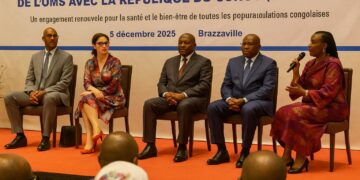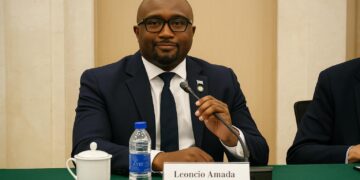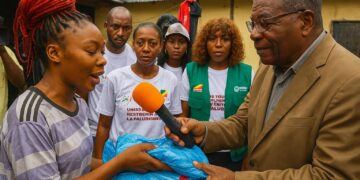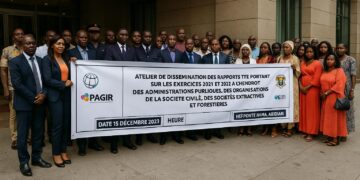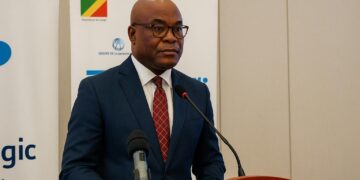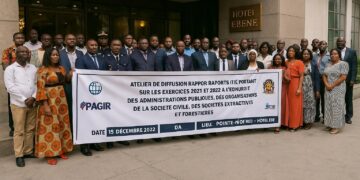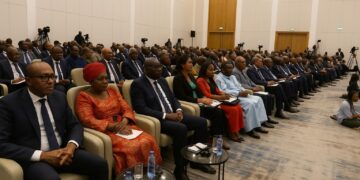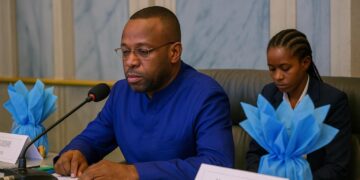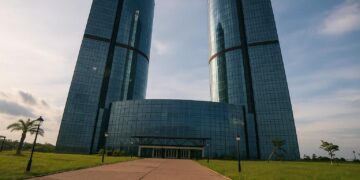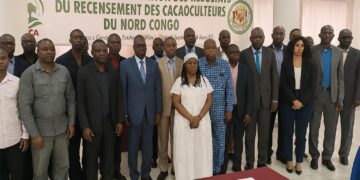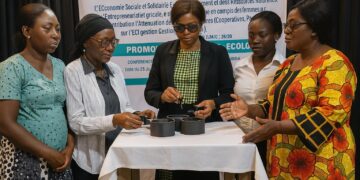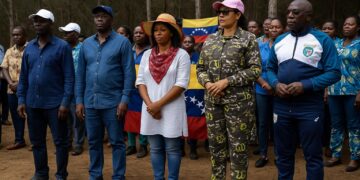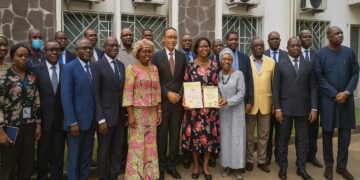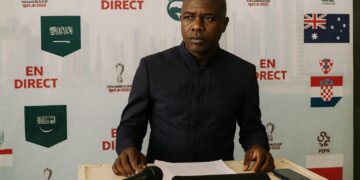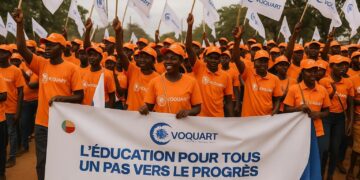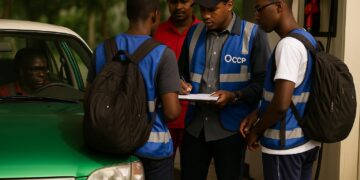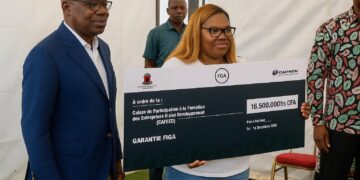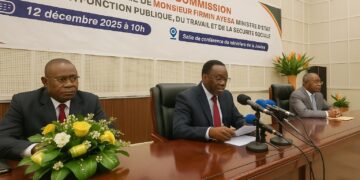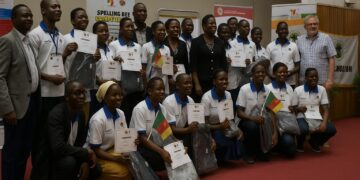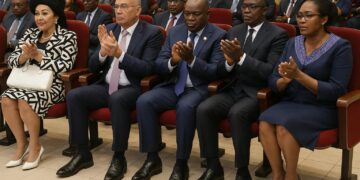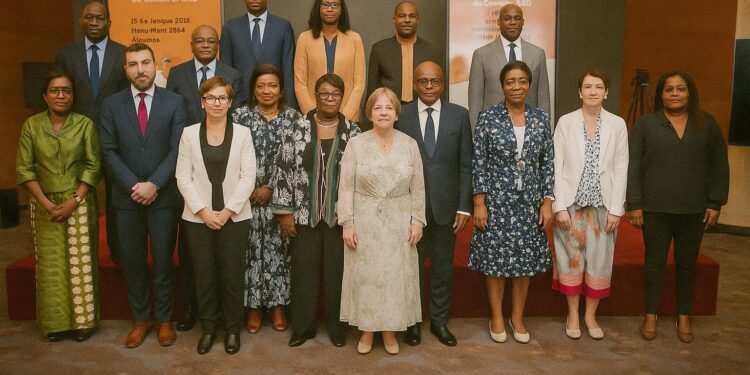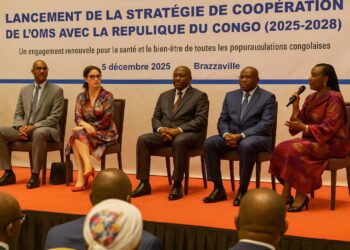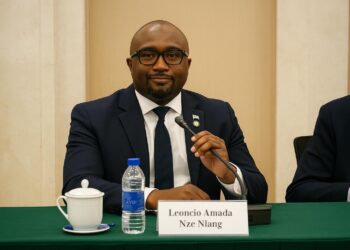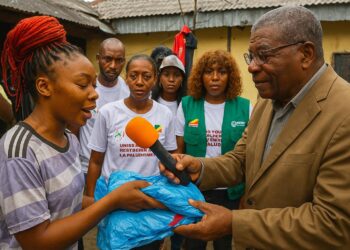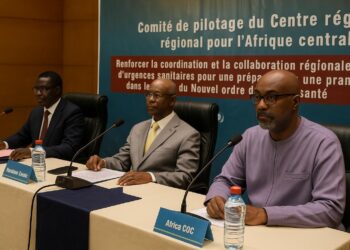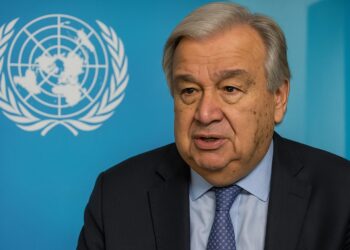Historic contours of the C2D mechanism
When Brazzaville and Paris initialised the first Contrat de désendettement et de développement in 2010, the arrangement echoed a broader Paris Club consensus that transforming sovereign arrears into programmable grants could yield more sustainable dividends than conventional rescheduling. The mechanism allows France to cancel bilateral debt and, in parallel, redirect the same amounts to projects jointly selected with the Congolese authorities. According to successive AFD memoranda, this architecture has insulated priority spending from the volatility of commodity prices that traditionally shape Congo’s fiscal space.
Phased financing and project portfolio
Two envelopes have now been executed. The first, worth €80 million, closed in 2015 after financing drainage works in Brazzaville and a flagship programme for social workers’ training. A second tranche of €149 million, committed between 2015 and 2019, expanded the scope to agriculture, higher education and climate resilience. Ministry of Finance data confirm that all €229 million—roughly CFAF 150 billion—are fully committed, underwriting thirteen projects and two capacity-building funds. Three operations are officially completed, including the inaugural phase of Brazzaville’s pluvial water management; two were prudently cancelled to redirect resources towards higher-impact initiatives, notably the Mossala te téléma youth employability scheme.
Macroeconomic relevance for Brazzaville
The timing has been propitious. Congo’s non-oil growth, estimated by the IMF at 3.4 percent in 2023, remains sensitive to infrastructure gaps and skill deficits. By ring-fencing investment in roads, hospital water systems and university modernisation, the C2D provides a counter-cyclical buffer without expanding public debt ratios. The Ministry of Economy credits the mechanism with augmenting capital expenditure by nearly one percentage point of GDP annually, a contribution that would have been difficult to mobilise on purely commercial terms.
Governance architecture and oversight
Oversight is orchestrated through a Steering and Monitoring Committee co-chaired by Finance Minister Christian Yoka and France’s ambassador Claire Bodonyi, meeting at least twice a year. The eighth ordinary session in Brazzaville approved three operational decisions—most notably the allocation of additional capacity-building funds to the Bank of Central African States—and four recommendations aimed at expediting procurement cycles and enhancing project visibility. International observers often point to the C2D’s joint-signature disbursement procedure and independent audits as safeguards that encourage fiduciary discipline while respecting national ownership.
Diplomatic dividends for Paris and Brazzaville
Beyond bricks and mortar, the programme consolidates a strategic partnership that predates Congo’s independence. French officials underline that 55 percent of C2D resources are implemented by local contractors, a statistic that nurtures endogenous value chains rather than simply recycling funds into external consultancies. For Brazzaville, the arrangement complements the 2022–2026 National Development Plan, aligning with its pillars on human capital and green growth. Regional diplomats note that the model provides a template for other Central African states seeking to reconcile debt sustainability with the Sustainable Development Goals.
Prospects beyond 2029
Current projections indicate that major works—the second stretch of the Brazzaville corniche, the Northern Congo Landscape initiative and the Pointe-Noire flood-management scheme—will reach financial closure between 2027 and 2029. Discussions are already under way on a potential third C2D aligned with the African Continental Free Trade Area, focusing on logistics corridors and digital public goods. Speaking on the margins of the committee meeting, an AFD analyst argued that “the credibility built over fourteen years positions Congo to leverage innovative instruments such as blended finance and sovereign green bonds.”
As the country approaches the mid-term review of its IMF programme, the C2D continues to function as a calibrated lever—large enough to be visible, yet sufficiently targeted to avoid macro-fiscal slippage. The diplomatic consensus, reiterated by Ambassador Bodonyi, is that the mechanism’s added value lies in its predictability: once a euro of debt is converted, it is locked into a transparent pipeline insulated from political cycles.
Should the remaining recommendations on maintenance budgeting and co-financing be implemented, the C2D could evolve from a debt-relief tool into a platform for crowding-in private capital. In that scenario, the France–Congo partnership would pivot from post-arrears normalisation to proactive development financing, signalling a mature phase in bilateral relations that both capitals appear eager to cultivate.


